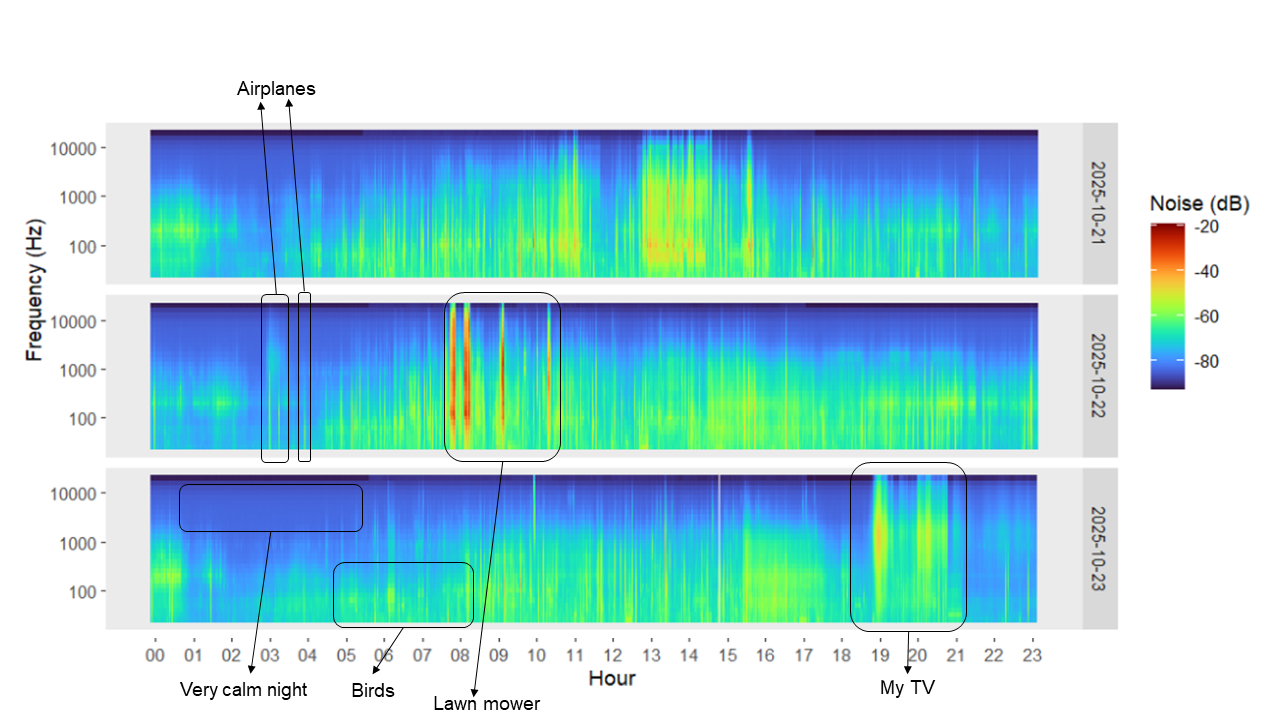Note in 2023: The package rMaps stoped working since several years ago. So this code is not working any more. Instead see https://dlizcano.github.io/spatialdata_lite/PM.html for an updated version using the packages sf and mapview. I keep the post and code just as a way to refresh my memmory.
Mountain Tapir Distribution
Taking as excuse the new package rMaps. I wanted to plot my old points for the Mountain tapir. I hope this could serve as a starting point for a new collaborative project.
Why to Update the Mountain Tapir Distribution?
- The information available as map in the red list has more than 10 years old. Just take a look to the red list info for mountain tapir.
- In the last 10 years researchers have studied mountain tapirs at new locations.
- New powerful tools to build robust distribution models have been developed.
Those are some locations
Click on each point to see the type of evidence: hair, photo, footprint or faeces.
The R code to make it
require(rMaps)
fieldpoints_Diego<-read.csv("C:\\Users\\Diego\\Documents\\CodigoR\\Tapirus_SDM\\data\\T_pin.csv")
cord<-c(2.5,-73) #central location in the map
map3 <- Leaflet$new()
map3$setView(cord, zoom = 6)
map3$tileLayer(provider = 'MapQuestOpen.OSM')#Stamen.TonerLite
# put the info over the clicking points
for (i in 1:nrow(fieldpoints)){
binpop<-paste("<p>",as.character(fieldpoints[i,5]),
as.character(fieldpoints[i,6]), as.character(fieldpoints[i,9]),"</p>", sep=" " )
map3$marker(c(fieldpoints[i,8], fieldpoints[i,7]), bindPopup = binpop)
}

This work is licensed under a Creative Commons Attribution-ShareAlike 4.0 International License.





Leave a comment